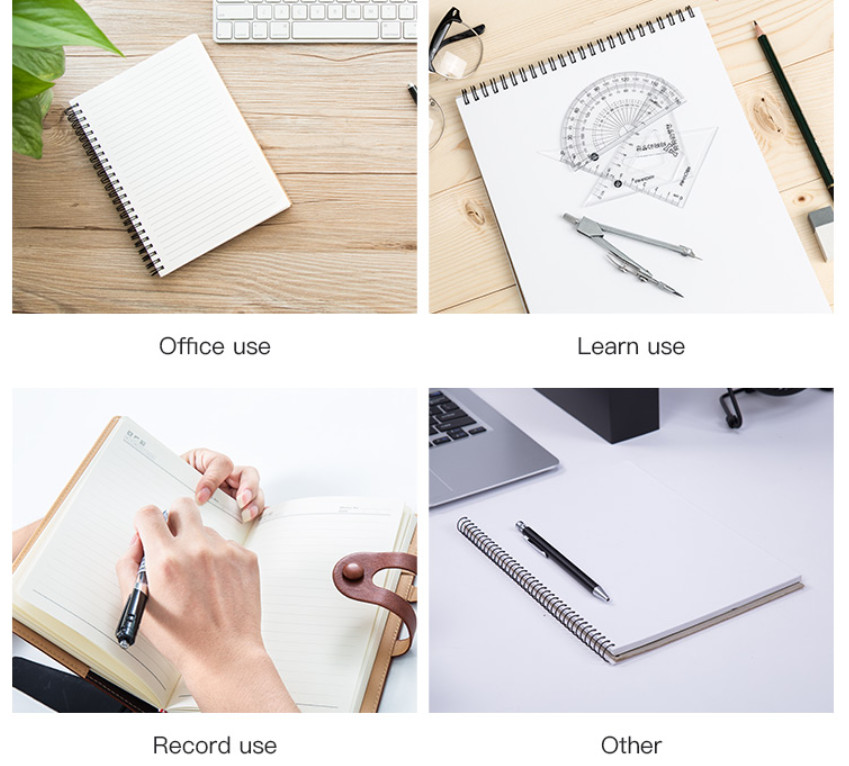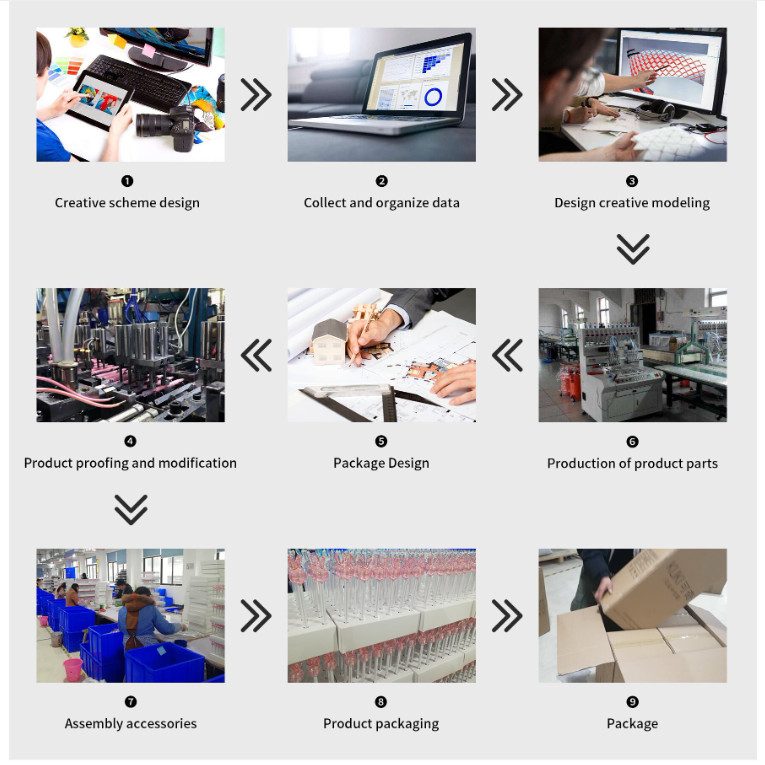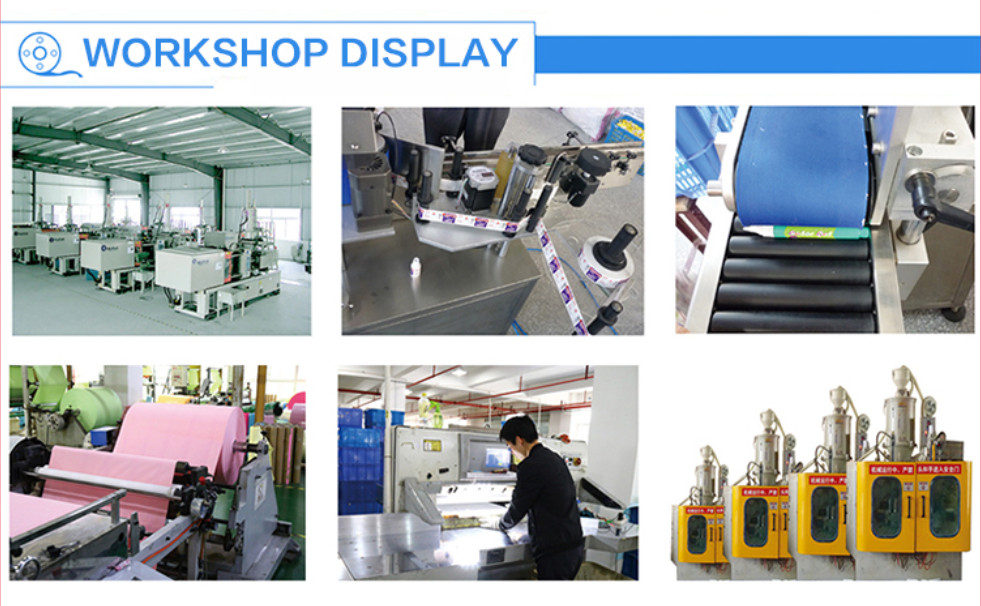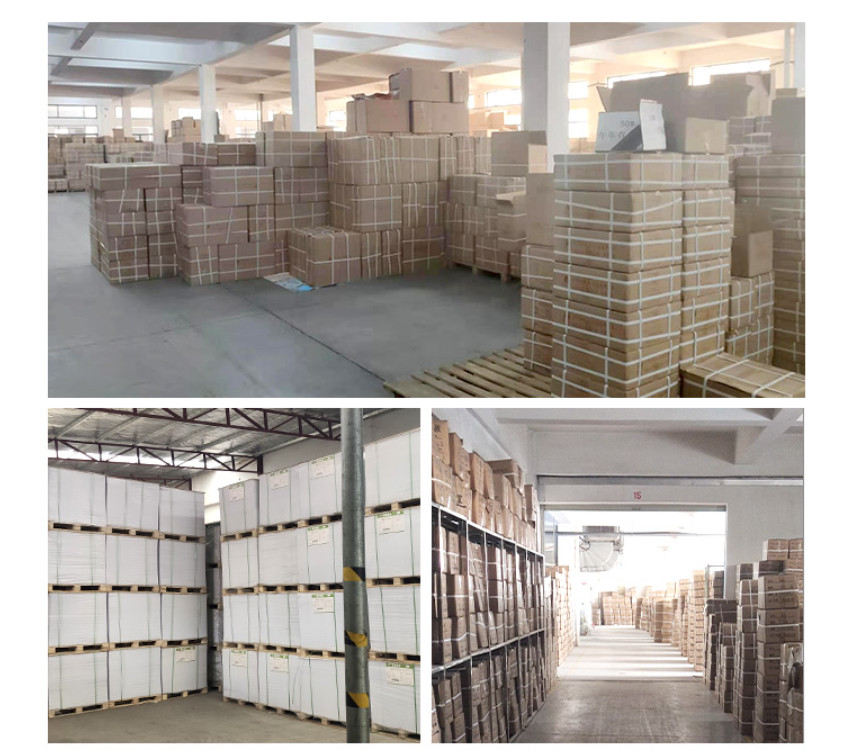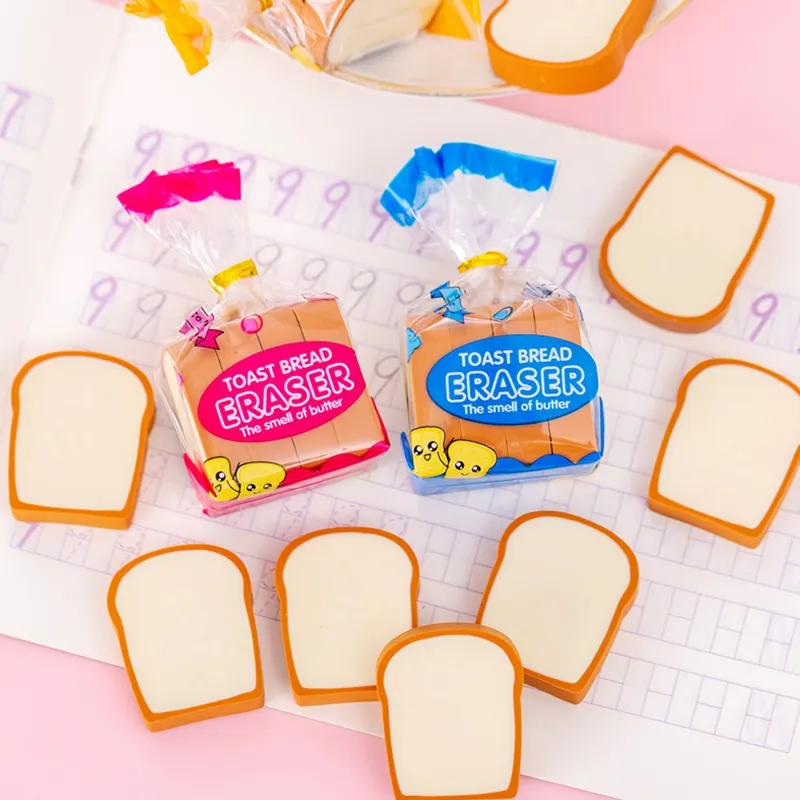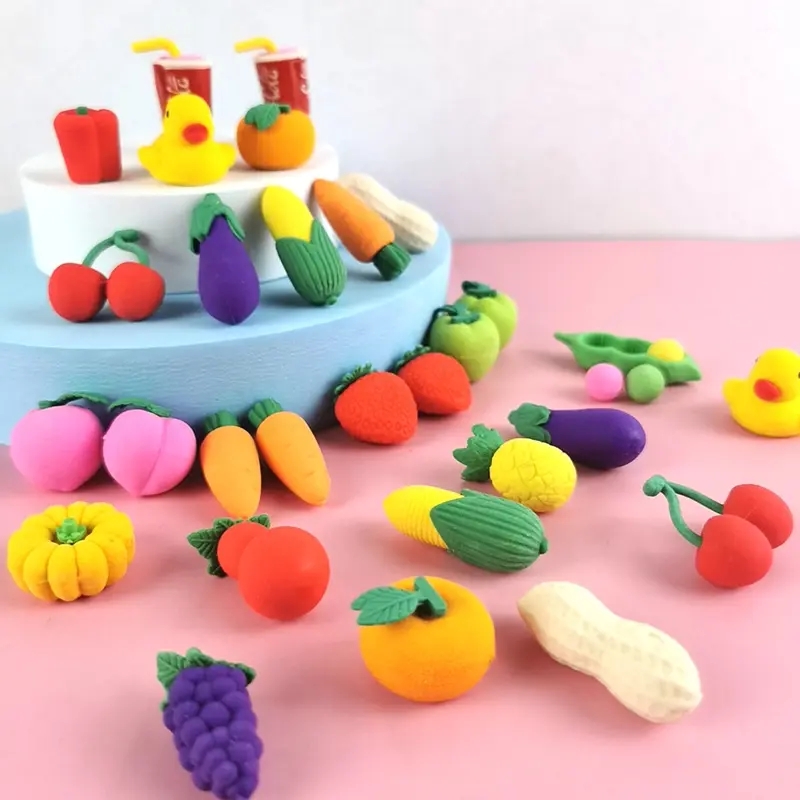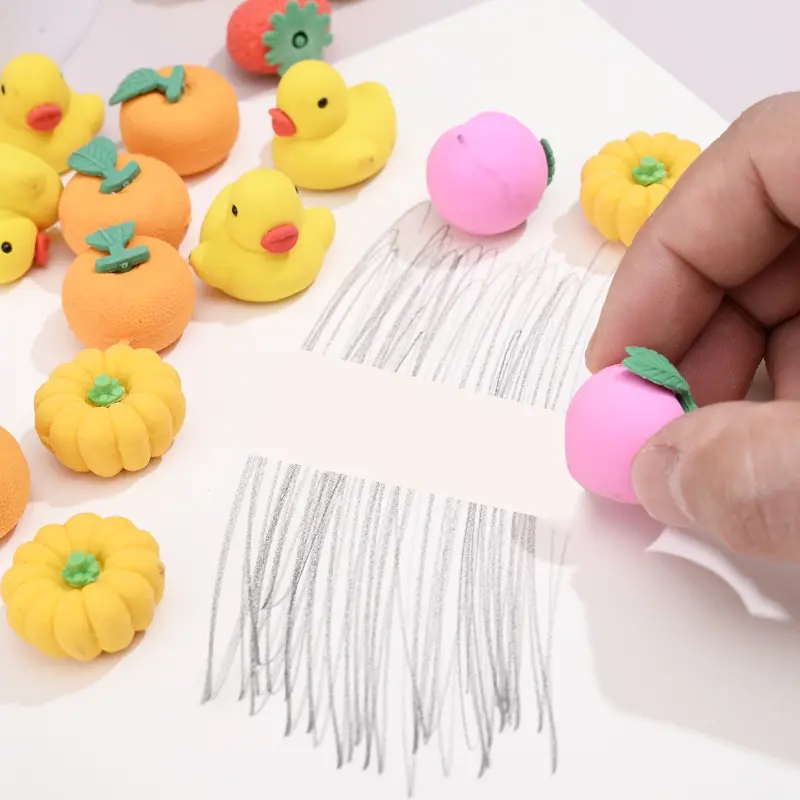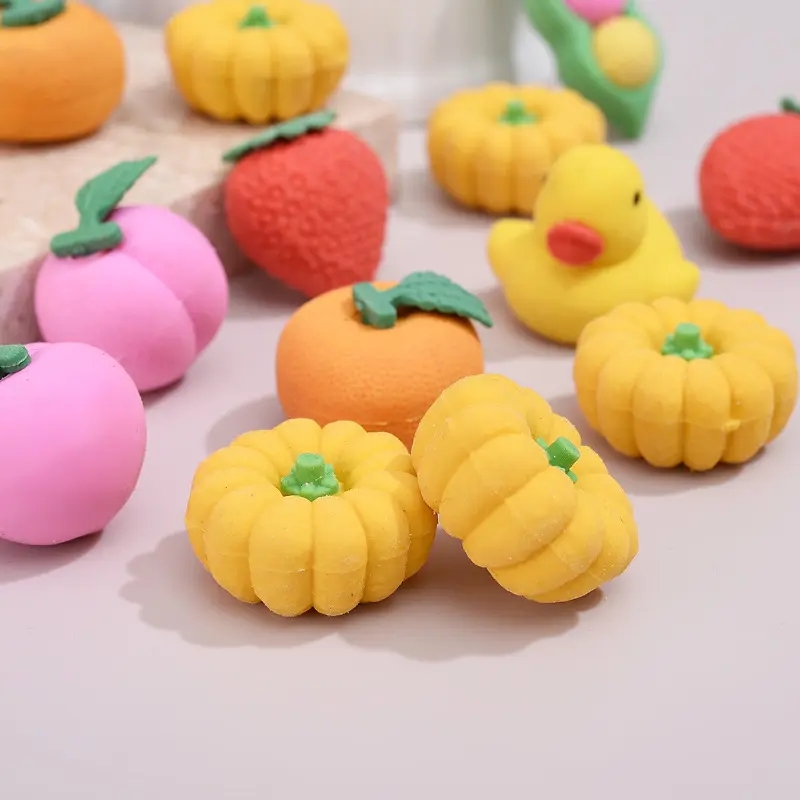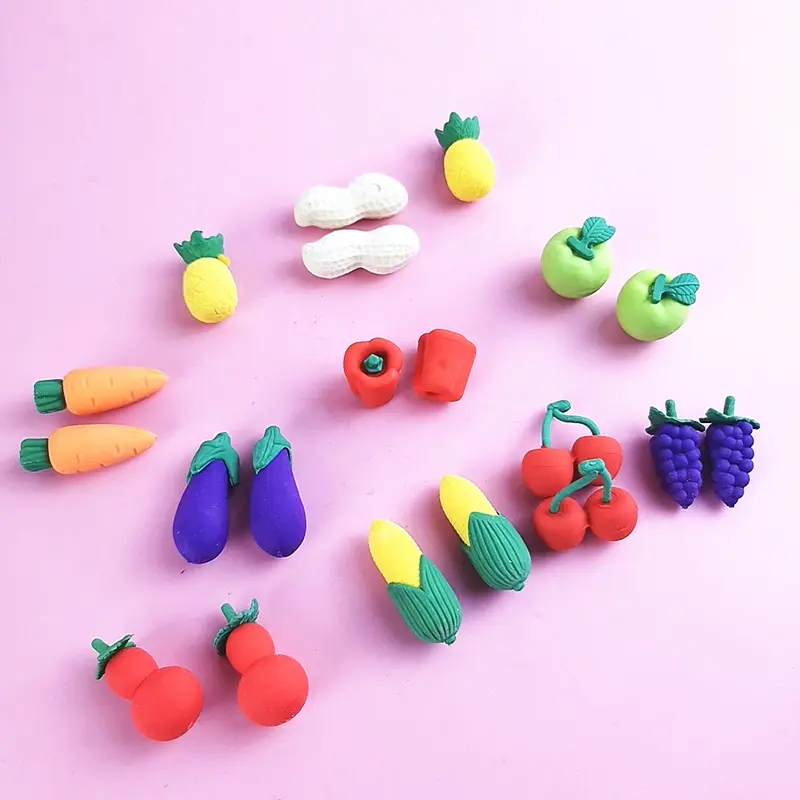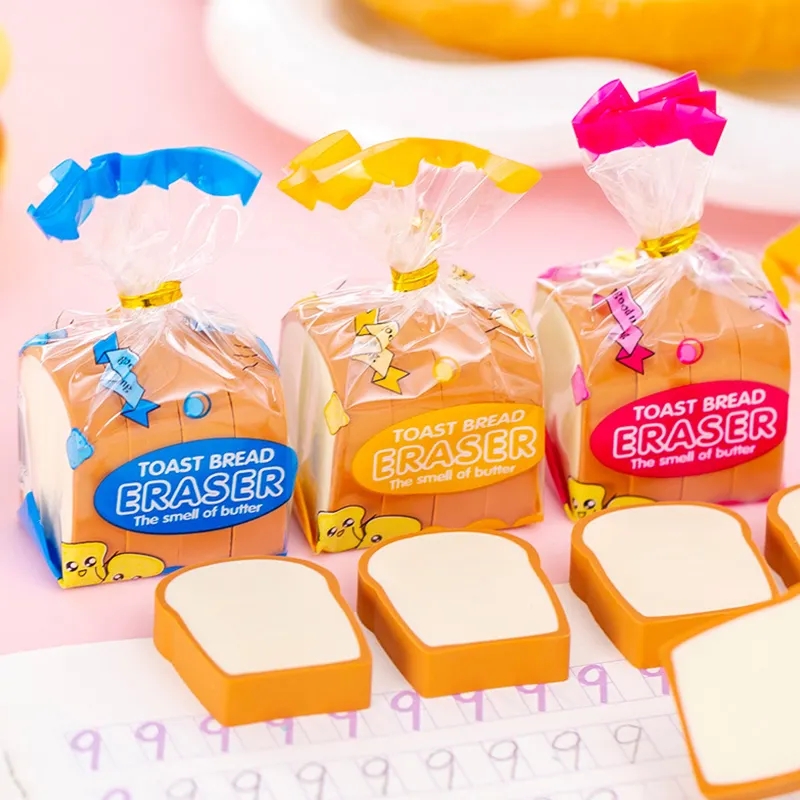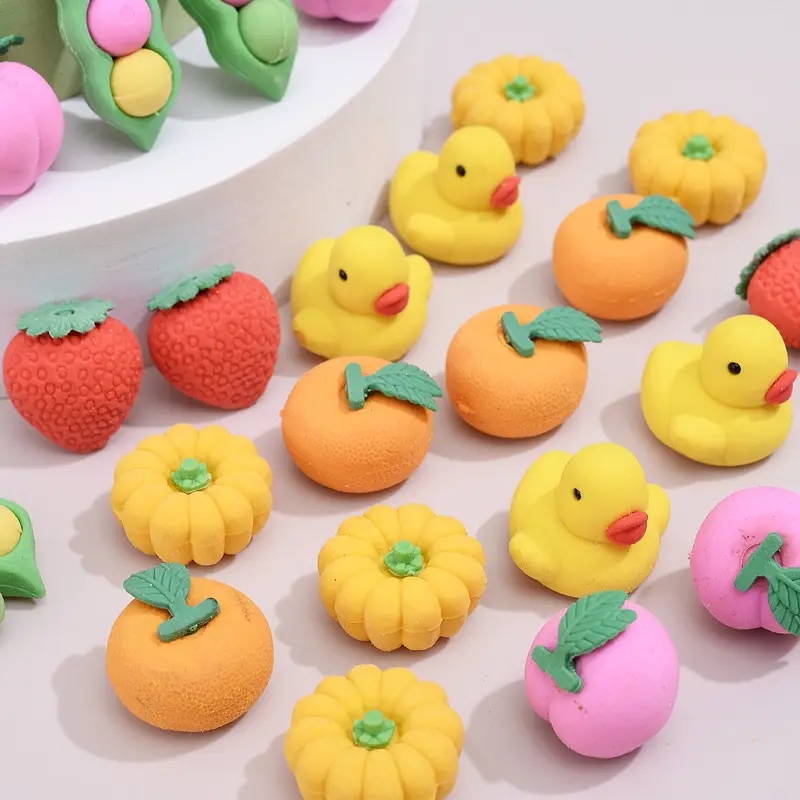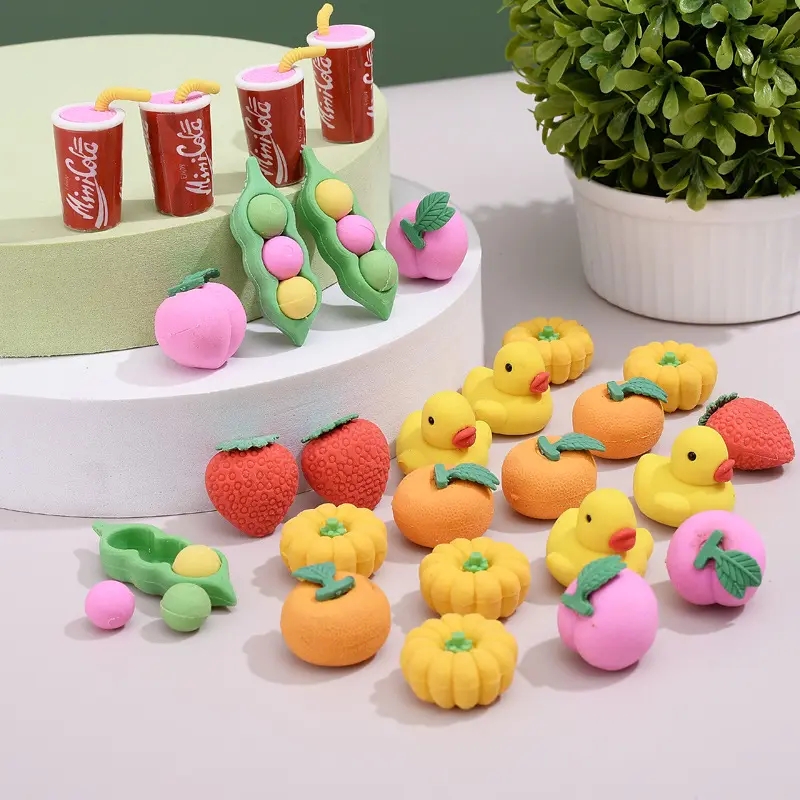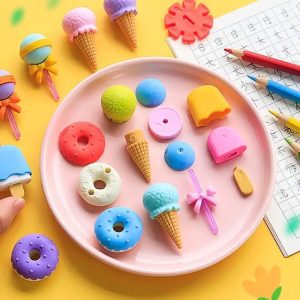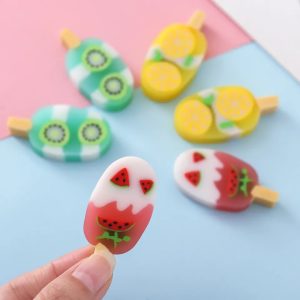The Art of Effective Rubber Erasing: Types, Techniques, and Care
Introduction: In the world of stationery and art supplies, rubber erasers stand as unsung heroes, quietly correcting our mistakes and aiding in creative endeavors. In this comprehensive guide, we will explore the art of effective rubber erasing, including an overview of eraser types, erasing techniques, and essential care tips. Whether you’re a student, artist, or professional, mastering the use of rubber erasers can elevate your work and ensure a clean canvas for your ideas.
Types of Rubber Erasers:
Vinyl Erasers: Also known as plastic erasers, these are the most common erasers. They are soft, non-abrasive, and leave minimal residue. Vinyl erasers are ideal for general-purpose erasing and are compatible with most paper types.
Kneaded Erasers: Beloved by artists and illustrators, kneaded erasers are pliable and can be molded into various shapes. They excel in precision erasing and are essential for blending and shading effects in pencil, charcoal, or pastel drawings.
Gum Erasers: Gum erasers have a firmer texture compared to vinyl erasers and are well-suited for erasing heavier pencil or ink marks. They effectively work on thicker paper and are commonly used in professional settings.
Art Erasers: Crafted for artists, these erasers come in various specialized forms, including pen erasers and pencil cap erasers. They cater to specific artistic needs during the creative process.
Effective Erasing Techniques:
Light and Gentle Pressure: Apply light, even pressure when erasing to avoid paper damage and ensure a clean result. Begin softly and increase pressure gradually if needed.
Erase in the Right Direction: Erase in the same direction as the pencil or ink strokes for the best results. Avoid vigorous back-and-forth movements that can damage the paper surface.
Patience is Key: When dealing with stubborn marks, take your time. Multiple gentle erasing passes are often more effective than applying excessive pressure.
Kneaded Eraser Blending: For artists, kneaded erasers can be used not only for erasing but also for blending and shading. Roll the eraser into a fine point for precise work or flatten it for broad shading effects.
Care and Maintenance:
Clean Erasers Regularly: To maintain their effectiveness, clean erasers by gently rubbing them on a clean surface or using a separate eraser. This removes accumulated dirt and debris.
Replace When Worn: Erasers wear down over time, reducing their efficiency. Replace erasers when they become too small or lose their shape.
Proper Storage: Store erasers in a cool, dry place to prevent them from drying out or becoming too soft. Avoid exposure to extreme temperatures.
Conclusion: Rubber erasers may appear simple, but they play a crucial role in helping us correct mistakes and create art. Understanding the various types, mastering effective erasing techniques, and caring for your erasers can significantly enhance your work and ensure clean, precise results. Whether you’re a student aiming for tidy notes or an artist seeking to bring your visions to life, the art of effective rubber erasing is a skill worth mastering.
